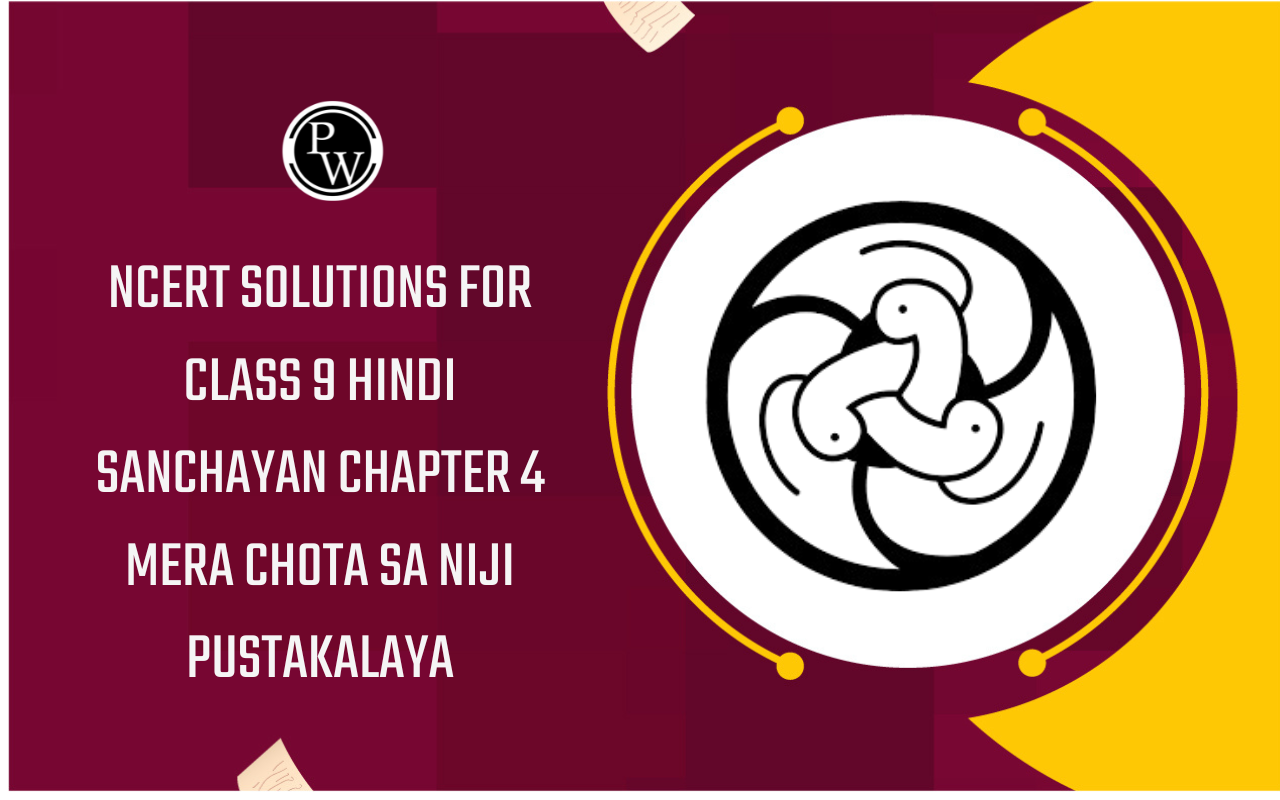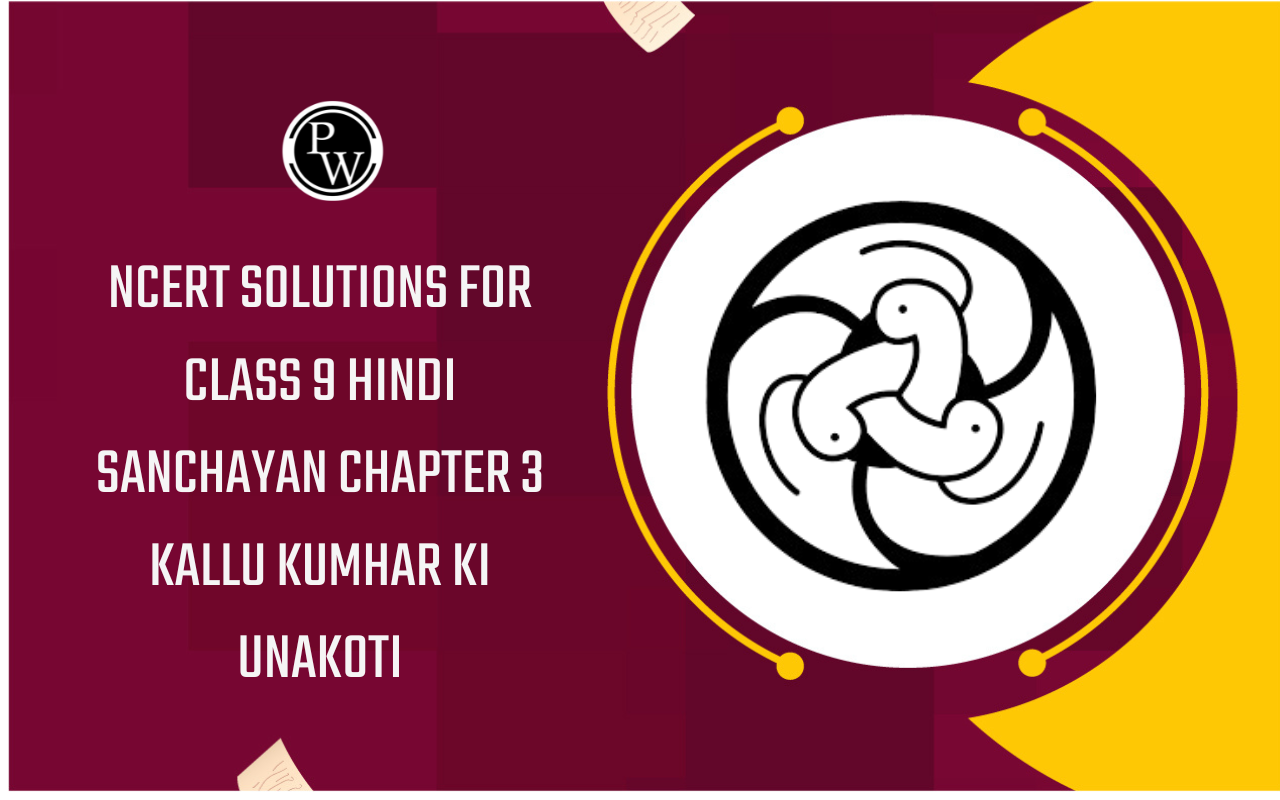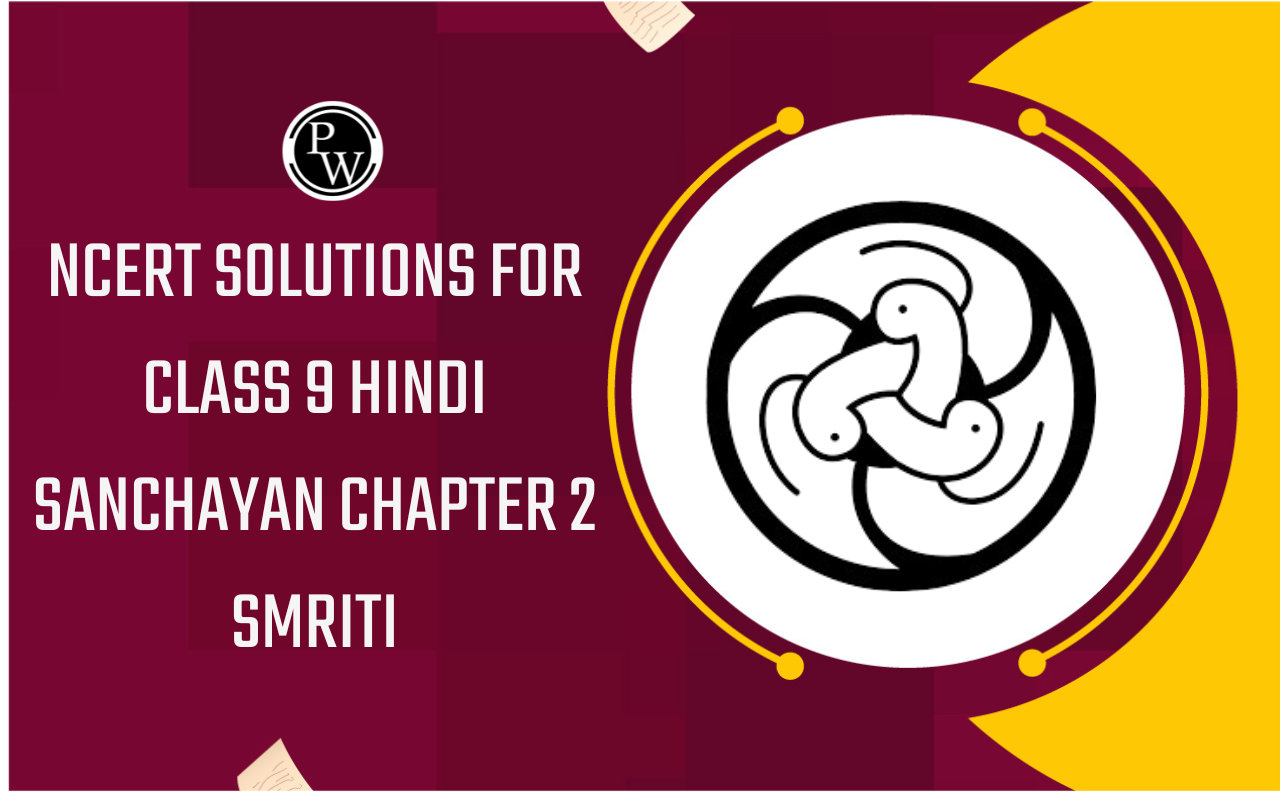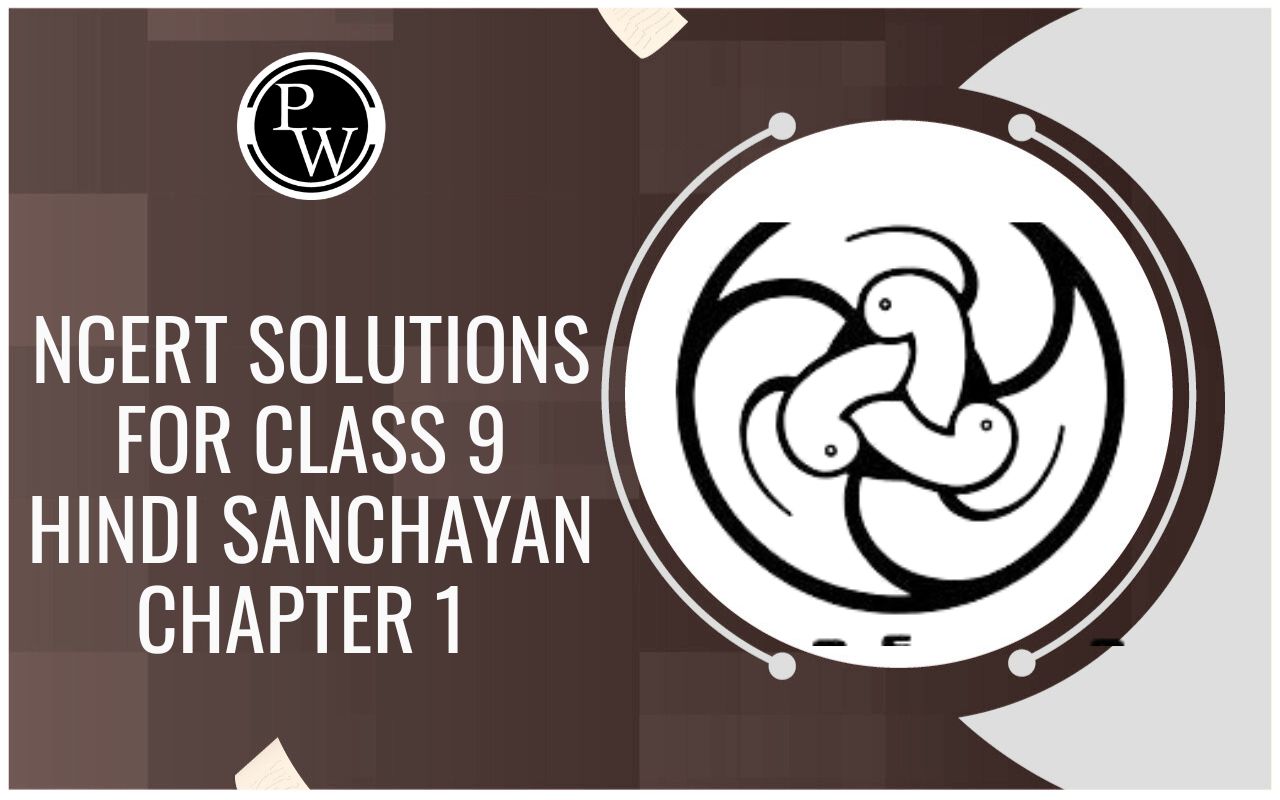
Introduction Integers
Integers of Class 7
We have already studied about the numbers.when we are able to recoganize the numbers that was the first step towards understanding the science in nature. There are different types of numbers.
- The natural (or counting ) numbers are 1, 2, 3, 4, 5, etc. There are infinitely natural numbers. The set of natural numbers is written N for short. N = { 1, 2, 3, 4,...}
- The whole numbers are the natural numbers together with 0. W = { 0, 1, 2, 3, 4,...
What is an Integer?
An Integers include all whole numbers and negative numbers. This means we create a set of whole numbers if we have negative numbers and whole numbers.
Integers Definition and Examples
An integer is a number without an fractional part or decimal and includes negative and positive numbers, including zero.
A few examples of integers are: -5, 0, 1, 5, 8, 97, and 3043.
Types of Integers
The set of integers that are represented as Z includes:
- Positive numbers: A number is positive if it is greater than zero. Example: 1, 2, 3 . . .
- Negative numbers: A number is negative if it is less than zero. Example: -1, -2, -3 . . .
- Zero: Zero is not defined as a negative or positive number. It's an integer. Z = {... -7, -6, -5, -4, -3, -2, -1, 0, 1, 2, 3, ...}
How to Represent Integers on Number Line?
As we have already mentioned the three categories of integers, we can easily represent them on a number line based on zero, positive integers, and negative integers. Zero is the center of the integers on the number line. Negative integers lie on the left side. Positive integers lie on the right side. See the given image below.

We can divide Numbers into the following types
-
Prime Numbers : The numbers other than 1 is called prime number if it is divisible only by 1 and itself.
-
Composite Numbers : A number, other than 1 which is not prime number is called composite number.
e.g. 4, 6, 8, 9, 10, 12,...etc. The first composite number is 4. -
Even Numbers : The number which is divisible by 2 is known as even number.
e.g .2, 4, 6, 8, 10,... etc. Even numbers are in the form of 2n. where n is whole numbers.
It is in the form 2n (where n is whole number) -
Odd Numbers : The number is not divisible by 2 is known as an odd number.
e.g. 3, 9, 11, 17, 19,... etc. . Odd numbers are in the form of 2n+1 or 2n-1 . where n is whole numbers. -
Consecutive Numbers :A series of numbers in which each is greater than its predecessor by 1, is called consecutive numbers.
e.g. 1, 2, 3, or 3, 4, 5 or 101, 102, 103.
Consecutive Numbers are in the form of n,n+1,n+2,n+3... And so on . where n is whole numbers. -
Rational numbers : A number which can be written as p/q form where p and q are integers but q ≠ 0, are known as rational numbers.
e.g. 0, 1/2 ,3/4 , 8/9 ,13/15 are rational numbers. -
Integers: The set of numbers which consists of whole numbers and negative numbers is known as integers. It is denoted by I. Now we will study integers and trier properties in detail.
Arithmetic Operations on Integers
Basic operations performed on integers are:
- Addition of integers
- Multiplication of integers
- Subtraction of integers
- Division of integers
Addition of Integers
- Commutative property of addition : The Commutative Property states that the order means commute which numbers or terms are added does not affect the result. The important term in this properties is order which means no change in result while changing the order.
Example: a+b = b+a
5 + 3 = 8 and 3 + 5 = 8
- Associative property of addition : The Associative Property of addition states that the grouping of numbers or terms does not affect the end result. The important term in this properties is grouping which means no change in result while grouping the order.
Example: (a + b) + c = a + (b + c)
(6 + 7) + 3 = 16 and 6 + (7+3) = 16
- Identity Property : The identity property in addition state that we will get the same number when add zero to the number. Example: 5 + 0 = 5
- Distributive Properties : Multiplying the sum of two numbers by a third number is the same as multiplying each of the two numbers by that third number and adding the product.
Example: a x (b+c) = (ab) + (ac)
3 x (6+4) = (3×6) + (3×4)
- Additive Inverse : What number we will add to a number to get the sum zero. Or the negative of a number.
Example:
The additive inverse of -4 is 4, because -4 + 4 = 0.
The additive inverse of +4 is -4 as well.
Multiplication of Integers
The product of two integers of opposite sign is equal to the additive inverse of the product of their absolute values.
- Commutative property of multiplication : The commutative property of multiplication states that two numbers can be multiplied in either order. The important term in this properties is order which means no change in result while changing the order. Example: a x b = b x a i.e, 5 x 3 = 3 x 5
- Associative property of multiplication : The Associative Property of multiplication states that the grouping of numbers or terms does not affect the end result. The important term in this properties is grouping which means no change in result while grouping the order. Example: (2 x 3) x 4 = 2 x (3 x 4)
- Identity Property : The identity property in multiplication state that we will get the same number when multiply one to the number. Example: a x 1 = a i.e, 7 x 1 = 7
- Distributive Properties : The Distributive Property of Multiplication is the property that states that multiplying a sum by a number is the same as multiplying each addend by the number and then adding the products. The Distributive Property says that if a, b, and c are real numbers. Example: a x (b + c) = (a x b) + (a x c)
Rules of Integers in Multiplication
| Product of Signs | Result | Example |
| (+) × (+) | + | 2 × 3 = 6 |
| (+) × (-) | - | 2 × (-3) = -6 |
| (-) × (+) | - | (-2) × 3 = -6 |
| (-) × (-) | + | (-2) × (-3) = 6 |
Subtraction of Integers
While subtracting two integers, always change the sign of the second number which is being subtracted, and follow the rules of addition.
For example,
(-7) – (+4) = (-7) + (-4) = -11
(+8) – (+2) = (+8) + (-2) = +6
Division of Integers
- The rule for dividing integers is the same as multiplication.
- If both the integers have the same sign, then the result is positive.
- If the integers have different signs, the result is negative.
Now,
(-16) ÷ (+4) = -4
(+6) ÷ (+2) = +3
Rules of Integers in Division
| Division of Signs | Result | Example |
| (+) ÷ (+) | + | 12 ÷ 3 = 4 |
| (+) ÷ (-) | - | 12 ÷ (-3) = -4 |
| (-) ÷ (+) | - | (-12) ÷ 3 = -4 |
| (-) ÷ (-) | + | (-12) ÷ (-3) = 4 |
Properties of Integers
The Properties of Integers are:
- Closure Property
- Associative Property
- Commutative Property
- Distributive Property
- Additive Inverse Property
- Multiplicative Inverse Property
- Identity Property
Closure Property
These properties of integers, when two integers are multiplied or added together, it results in an integer only. If both a and b are the integers, then:
- a x b = integer
- a + b = integer
Examples:
2 x 5 = 10 (is an integer)
2 + 5 = 7 (is an integer
Commutative Property
If both a and b are two integers, then:
- a x b = b x a
- a + b = b + a
Examples:
3 x 8 = 8 x 3 = 24
3 + 8 = 8 + 3 = 11
Associative Property
If the a, b, and c are integers, then:
- a x (b x c) = (axb) x c
- a + (b + c) = (a+b)+c
Examples:
2x(3×4) = (2×3)x4 = 24
2+(3+4) = (2+3)+4 = 9
Distributive property
If a, b and c is an integers, then a x (b + c) = a x b + a x c
Example: 2 x (5 + 1) = 2 x 5 + 3 x 1
LHS = 2 x (5 + 1) = 2 x 6 = 12
RHS = 2 x 5 + 2 x 1 = 10 + 2 = 12
Thus, LHS = RHS
Additive Inverse Property
If a is an integer, as per the additive inverse property of integers, then a+ (-a) = 0
Thus, -a is the additive inverse of integer a.
Multiplicative inverse Property
If a is an integer, as per the multiplicative inverse property of integers, then a x (1 / a) = 1
Therefore, 1 / a is the multiplicative inverse of integer a.
Identity Property of Integers
The identity elements of integers are:
- a+0 = a
- a x 1 = a
Example: -100,-12,-1, 0, 2, 1000, 989 etc…
As a set, it can be represented by Z :
Z= {……-7,-6, -5, -4, -3, -2, -1, 0, 1, 2, 3, 4, 5, 6, 7,……}
Integer Examples
Q1. Solve the following:
- 5 + 3 = ?
- 5 + (-3) = ?
- (-5) + (-3) = ?
- (-5) x (-3) = ?
Solution:
- 5 + 3 = 8
- 5 + (-3) = 5 – 3 = 2
- (-5) + (-3) = -5 – 3 = -8
- (-5) x (-3) = 15
Q2. Calculate the following product of integers:
- (+5) × (+10)
- (12) × (5)
- (- 5) × (7)
- 5 × (-4)
Solution:
- (+5) × (+10) = +50
- (12) × (5) = 60
- (- 5) × (7) = -35
- 5 × (-4) = -20
Q3. Solve the following division of integers:
- (-9) ÷ (-3)
- (-18) ÷ (3)
- (4000) ÷ (- 100)
Solution:
- (-9) ÷ (-3) = 3
- (-18) ÷ (3) = -6
- (4000) ÷ (- 100) = -40
Frequently Asked Question (FAQs)
Q1. Is 0 an integer ?
Ans. Yes, 0 is an integer. According to definition, integers are the numbers that include whole numbers and negative natural numbers.
Q2. What are negative numbers called?
Ans. The negative numbers ………. -6,-5, -4, -3, -2, -1 are called negative integers.
Q3. What numbers are not integers?
Ans. A number which is not a whole number, zero or negative whole number is defined as Non-Integer. It is any number that is not included in the integer set, which is expressed as { … -5,-4, -3, -2, -1, 0, 1, 2, 3, 4,5… }. Some of the examples of non-integers include decimals, fractions, and imaginary numbers.
Q4. Why integer is a rational number?
Ans. All integers are rational numbers because it is the set of numbers including all the positive counting numbers, zero and all negative counting numbers which count from negative infinity to positive infinity. The set doesn't include fractions and decimals.









